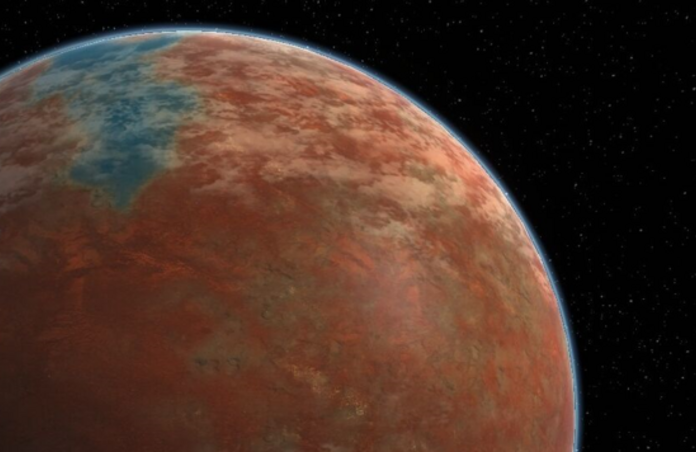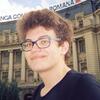Identification of Star Trek’s 'Planet Vulcan' Attributed to Stellar Activity

1991 marked the 25th anniversary of the Star Trek franchise, and so to celebrate, creator Gene Roddenberry collaborated with astronomers Sallie Baliunas, Robert Donahue, and George Nassiopoulos to write an article identifying the real-world star system that could host the featured Vulcan homeworld. In this article, Roddenberry and the team pinpoint 40 Eridani, also known as HD 26965, as the most suitable candidate. Their conclusion was based on key characteristics described in the Star Trek canon, including its proximity to Earth, its nature as a triple star system, and its stellar type and classification.
More recently, in 2018, a study led by Jian Ge identified a super-Earth candidate orbiting the star 40 Eridani A with a period of 42 days, located within the Star's habitable zone. This study leveraged data collected as part of the 'Dharma Planet Survey.' This discovery caused much excitement within the community as real-world analogues to the fictional Vulcan homeworld seemed increasingly plausible.
Their study involved radial velocity measurements of the system to model the motion of this star about the system’s centre of mass. More detailed analysis into the periodicity of radial velocity, using so-called Lomb-Scargle Periodogram, allowed for the stellar ‘wobble’ due to companion stars to be isolated from another inconclusive ‘wobble’. This is what they state could be the result of exoplanetary influence, a planet with mass, msin(i)= (9.7 ± 1.3) M⊕, where i refers to the inclination of the planetary orbit.
Unfortunately, more recent investigations into HD 26965 have returned the disappointing assessment that the data was not indicative of any exoplanetary activity. Instead, the new study by Abigail Burrows et al. conclude that this was nothing more than routine stellar activity, masquerading as exoplanetary influence. This possibility was originally discussed within Jian Ge et al. The study utilises data gathered using the NASA-NSF “NEID” precision Doppler facility.

Their analysis of radial velocities identified that the periodicity of the signal substantially changed since the Ge et al’s publication, now being out of phase with the original 42 day period by approximately 35%. Such a radical change in the orbital period of a planet would be quite unusual due to the stability of planetary orbits over time. Instead, they identified a correlation between this phase lag and the strength of commonly used tracers of stellar activity, such as hydrogen-α, potassium and calcium II lines.
While this correlation was found to be rather weak (R = +0.38), it highlighted that stellar activity at the very least modulated the apparent orbital period of the star. By modelling the activity using these tracers and then isolating their effects from the radial velocity data, the researchers found that the strength of the 42-day signal became negligible. As such, the study concluded that there was indeed no gravitational influence due to a super-Earth.
The quest to find a real-world counterpart to Star Trek's Vulcan has led to fascinating developments in both astronomy and popular culture. While this saga has ultimately concluded that planet Vulcan does not have a real equivalent, the journey has provided a compelling narrative about the challenges of dealing with astronomical illusions, namely the distinction between planetary signals and stellar activity.
--
Journal Source: A. Burrows et al., The Death of Vulcan: NEID Reveals That the Planet Candidate Orbiting HD 26965 Is Stellar Activity, The Astronomical Journal, Vol 167, No. 5, (2024), DOI: 10.3847/1538-3881/ad34d5
Additional Sources:J. Ge et al., The first super-Earth detection from the high cadence and high radial velocity precision Dharma Planet Survey, Monthly Notices of the Royal Astronomical Society, Vol. 480, No. 2, (2018), DOI:https://doi.org/10.1093/mnras/sty1933
https://projectrho.com/vulsun.html
Cover Image: Star Trek (2009)
